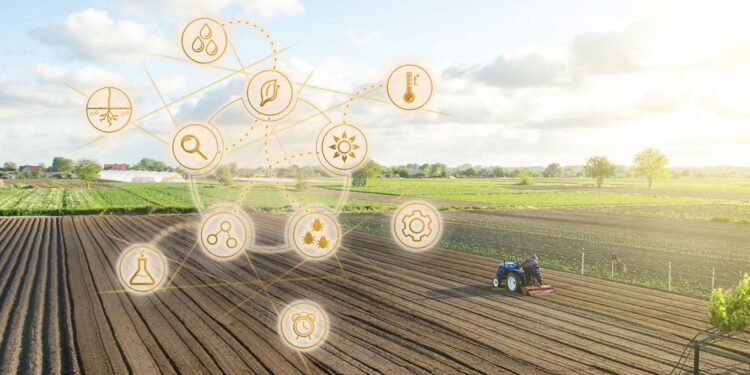Sharecropping is a significant aspect of American history that played a crucial role in the agricultural economy of the South. In this article, I’ll explore the statements that accurately describe sharecropping and shed light on its impact on both landowners and tenants. By understanding the key characteristics of this system, we can gain insight into the complex dynamics that shaped the lives of many individuals during this time.
Join me as we delve into the world of sharecropping and explore the statements that accurately depict this unique system of agricultural labor. By understanding its complexities, we can gain a deeper appreciation for the struggles and triumphs of those who lived through this era. Let’s uncover the truth behind sharecropping and the impact it had on the lives of countless individuals in the American South.
During the post-Civil War era, sharecropping emerged as a prevalent agricultural system in the South. It became a vital economic arrangement that allowed farmers without land or capital to work on someone else’s property and share the resulting crop yields. In this section, I will identify the statements that describe sharecropping and shed light on the circumstances that led to its rise.
- Sharecropping as a Response: The abolition of slavery and the devastation caused by the war left the South in a state of disarray. Plantation owners were faced with labor shortages and freed slaves sought opportunities for economic independence. Sharecropping became a solution, as landowners could provide land and resources while former slaves and poor whites could offer their labor.
- Arrangement of Crops: Under the sharecropping system, the landowner would typically provide a plot of land, seeds, tools, and other necessary resources. In return, the sharecropper would agree to give a share of the resulting crop back to the landowner. This division of crops ensured that both parties had a vested interest in the success of the harvest.
- Cycle of Debt: Despite the initial promise of economic independence, sharecroppers often found themselves caught in a cycle of debt. They would borrow necessary supplies from the landowner, with the debt being deducted from their share of the crop. However, high interest rates and unfair practices by the landowners often made it difficult for sharecroppers to break free from this cycle, perpetuating their poverty and dependence.
The emergence of sharecropping marked a significant shift in the agricultural landscape of the South. While it provided an alternative to the abolished system of slavery, it also created a new set of challenges and inequalities for those bound by its constraints. Understanding the complexities and shortcomings of sharecropping helps us gain insight into the struggles faced by those who lived through this era.

Sharecropping played a significant role in the agricultural economy of the South after the Civil War. It was a system that emerged as a way to address the economic challenges faced by both landowners and former slaves. In this section, I will highlight key aspects of sharecropping and its impact on the agricultural economy.
1. Economic Solution: Sharecropping provided a solution for landowners who lacked the necessary labor and capital to cultivate their land, and for freed slaves who needed a means of livelihood. Landowners would provide land, tools, and supplies, while sharecroppers would contribute labor by cultivating and harvesting crops.
2. Division of Crops: Under sharecropping, the landowner and sharecropper would agree on a division of the crops produced. Typically, the landowner would receive a significant portion, known as the “landowner’s share,” while the sharecropper would receive the remaining portion as their share. This division was meant to compensate the landowner for providing the land and resources.
3. Cycle of Debt: Sharecropping often perpetuated a cycle of debt for sharecroppers. They would start the agricultural season with debts for supplies and equipment, which they would repay from the proceeds of the crop. However, due to low crop yields, high interest rates, and unfair practices, many sharecroppers struggled to break free from this cycle of debt, remaining economically dependent on landowners.
Understanding the role of sharecropping in the agricultural economy is essential for comprehending the economic struggles faced by those who relied on this system. Sharecropping provided a temporary solution after the Civil War, but its limitations and inequalities underscore the hardships endured by both landowners and sharecroppers.














































































































